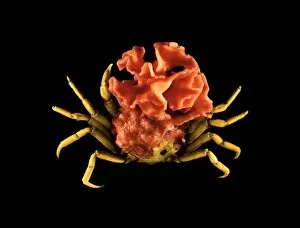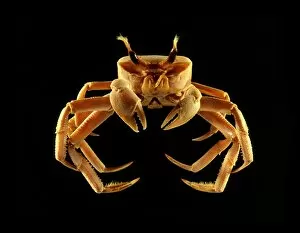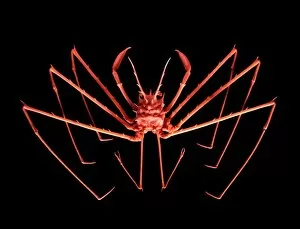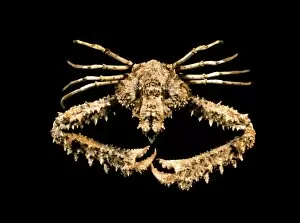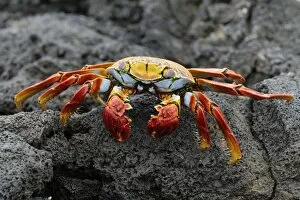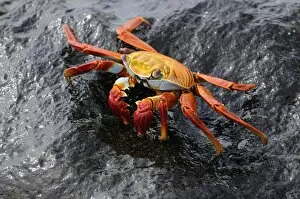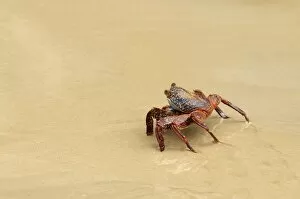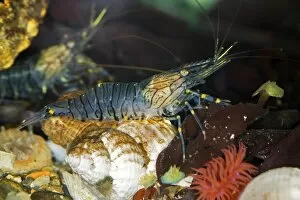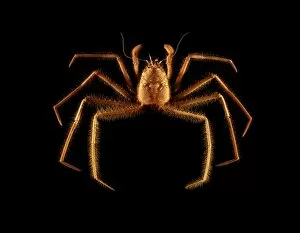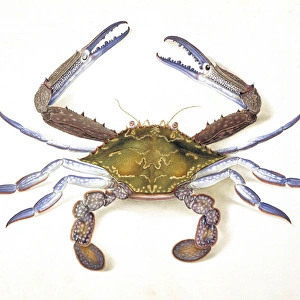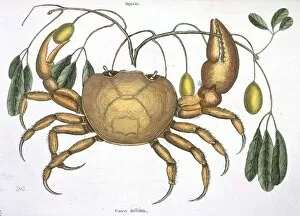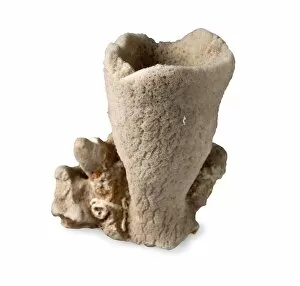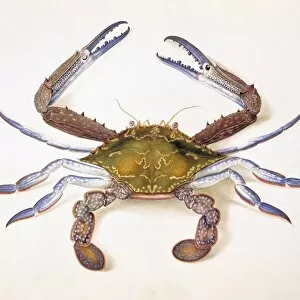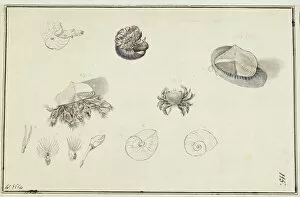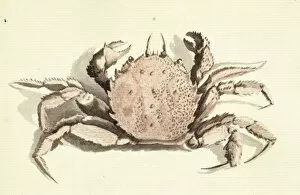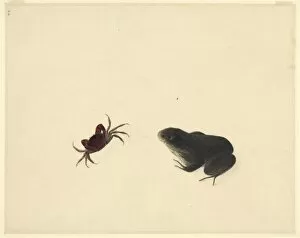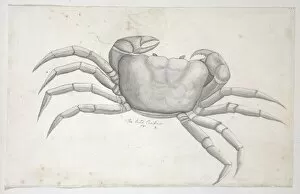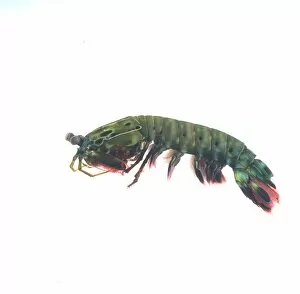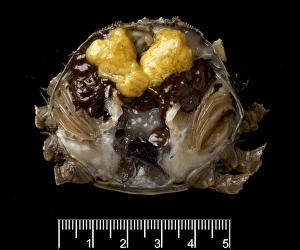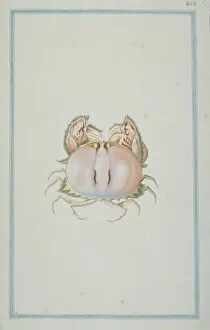Decapod Collection (page 7)
Decapods, a fascinating group of crustaceans, encompass a wide range of species that inhabit various ecosystems around the world
All Professionally Made to Order for Quick Shipping
Decapods, a fascinating group of crustaceans, encompass a wide range of species that inhabit various ecosystems around the world. From the majestic Astacus astacus Linnaeus, commonly known as crayfish, to the resilient Phragmites australis (Cav. ), or common reed, these creatures display remarkable diversity. In coastal regions like Kejimkujik, North America faces an ongoing battle with invasive species such as the European green crab (Carcinus maenas). This decapod disrupts local ecosystems and poses threats to native marine life. On the other hand, we witness captivating interactions between different species in places like Galapagos Islands. An American oystercatcher (Haematopus palliatus) relentlessly chases after a Sally lightfoot crab (Grapsus grapsus), creating an exhilarating scene along the shoreline. Traveling across continents brings us to Sunderban tiger reserve in West Bengal, India. Here we encounter the vibrant Yellow fiddler crab (Uca sp. ) showcasing its unique personality against a backdrop of lush mangroves. Meanwhile, on Tenerife's Canary Islands in October, a Red rock crab (Grapsus adscensionis) grazes peacefully on algae-covered rocks. The Cape Douglas coastline reveals another spectacle: Sally lightfoot crabs (Grapsus grapsus) perched confidently on rugged rocks amidst crashing waves—a testament to their adaptability and resilience. Venturing into Cienaga de Zapata National Park unveils nature's cleaning crew—the Pederson cleaner shrimp (Periclimenes pedersoni)—as they diligently attend to their host organisms. Nature never ceases to amaze; it presents us with extraordinary symbiotic relationships too. The commensal emperor shrimp (Periclimenes imperator) hitchhikes on Nudibranchs' backs—specifically Risbecia tryoni—forming a unique partnership that benefits both parties.

